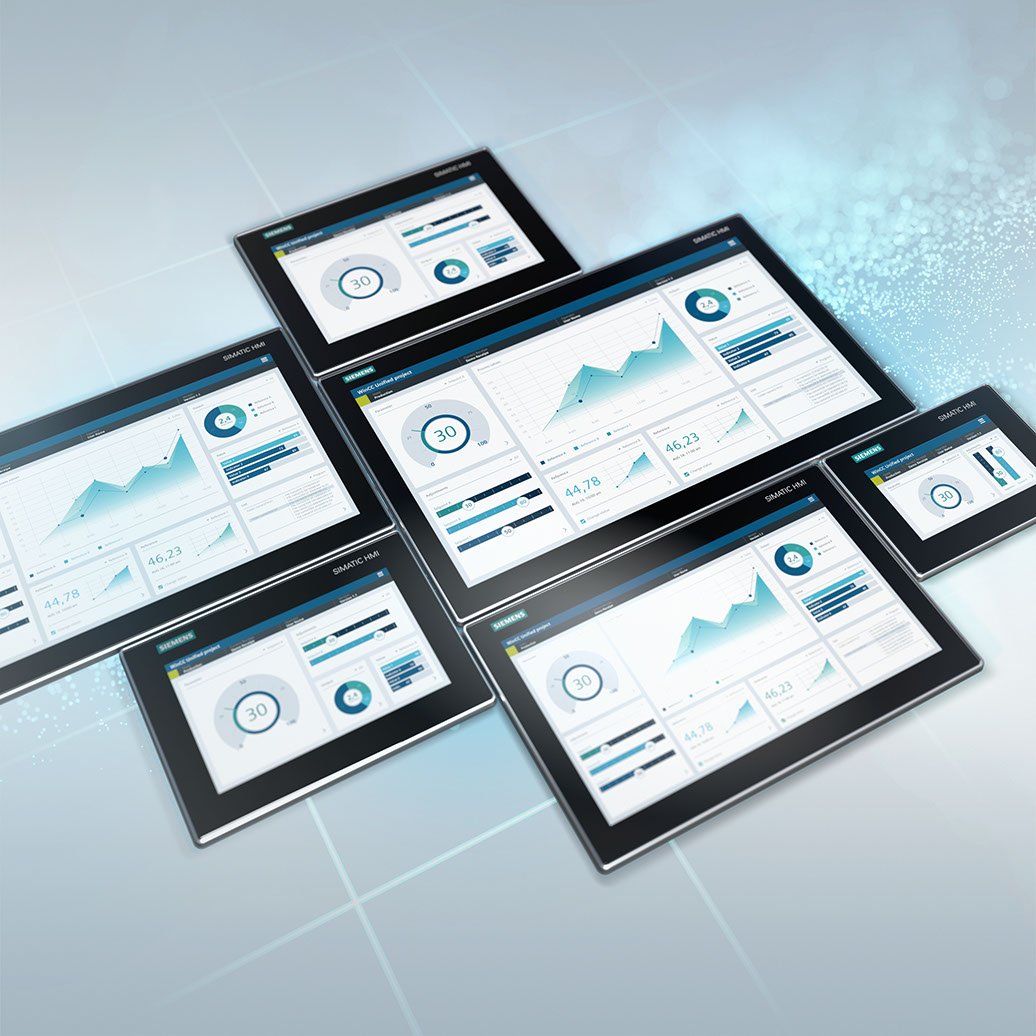If you're aiming to deepen your technical understanding of Siemens WinCC Unified faceplates, the 8-part video training series gives a structured approach to mastering this essential component of HMI design. This series delves into the configuration and implementation of faceplates within the WinCC Unified environment, providing practical insights to the benefits of utilizing faceplates.
Understanding WinCC Unified Faceplates
In Siemens WinCC Unified, faceplates are user-defined objects composed of standard elements, managed centrally within a library. They facilitate the creation of reusable and consistent HMI components, promoting standardization and reducing engineering time. Faceplates support the encapsulation of functionality, allowing for modular design and easier maintenance.
Benefits of Using Faceplates in WinCC Unified
- Modularity and Reusability: Faceplates enable the encapsulation of functionality, allowing for the creation of modular HMI components that can be reused across different projects.
- Centralized Management: By managing faceplates centrally within the project library, updates and modifications can be efficiently propagated throughout the project.
- Enhanced Maintainability: The use of faceplates simplifies maintenance by providing a single point of modification for common interface elements.
- Consistent User Interface: Standardizing HMI components through faceplates ensures a consistent look and feel across the application, improving user experience.
Overview of the 8-Part Training Series
This training series provides a step-by-step guide to configuring and utilizing faceplates in WinCC Unified:
- Faceplate Property Interface: Learn how to create interface properties for a faceplate, enabling dynamic customization and control.
- Faceplate Tag Interface: Discover how to link external tags to a faceplate, facilitating seamless data integration.
- Faceplate Local Tags: Understand the use of local tags confined within a faceplate, promoting encapsulation and modular design.
- Faceplate Event Interface: Explore the creation of configurable events within a faceplate to handle user interactions and system responses.
- Faceplate PLC Data Type: Learn to utilize user-defined PLC data types with a faceplate, enhancing data structure and consistency.
- Faceplate Tag Parameter: Master the use of tag parameters for building dynamic tags, enabling indirect addressing and flexible data handling.
- Faceplate Popup: Gain insights into opening faceplates in pop-up windows, improving user interface navigation and focus.
- Faceplate Graphic: Discover how to incorporate graphics as types within a faceplate, enriching the visual representation of data.
Further Resources
For a comprehensive understanding of faceplates in WinCC Unified, Siemens provides detailed documentation and application examples:
Tips and Tricks for Configuring Faceplates with WinCC Unified
Creating a Faceplate Instance - SIMATIC HMI WinCC Unified V19
Conclusion
By engaging with this training series, you will enhance your proficiency in designing and implementing faceplates within the Siemens WinCC Unified environment, leading to more efficient and maintainable HMI applications.
Access the Full Training Series Here >>

